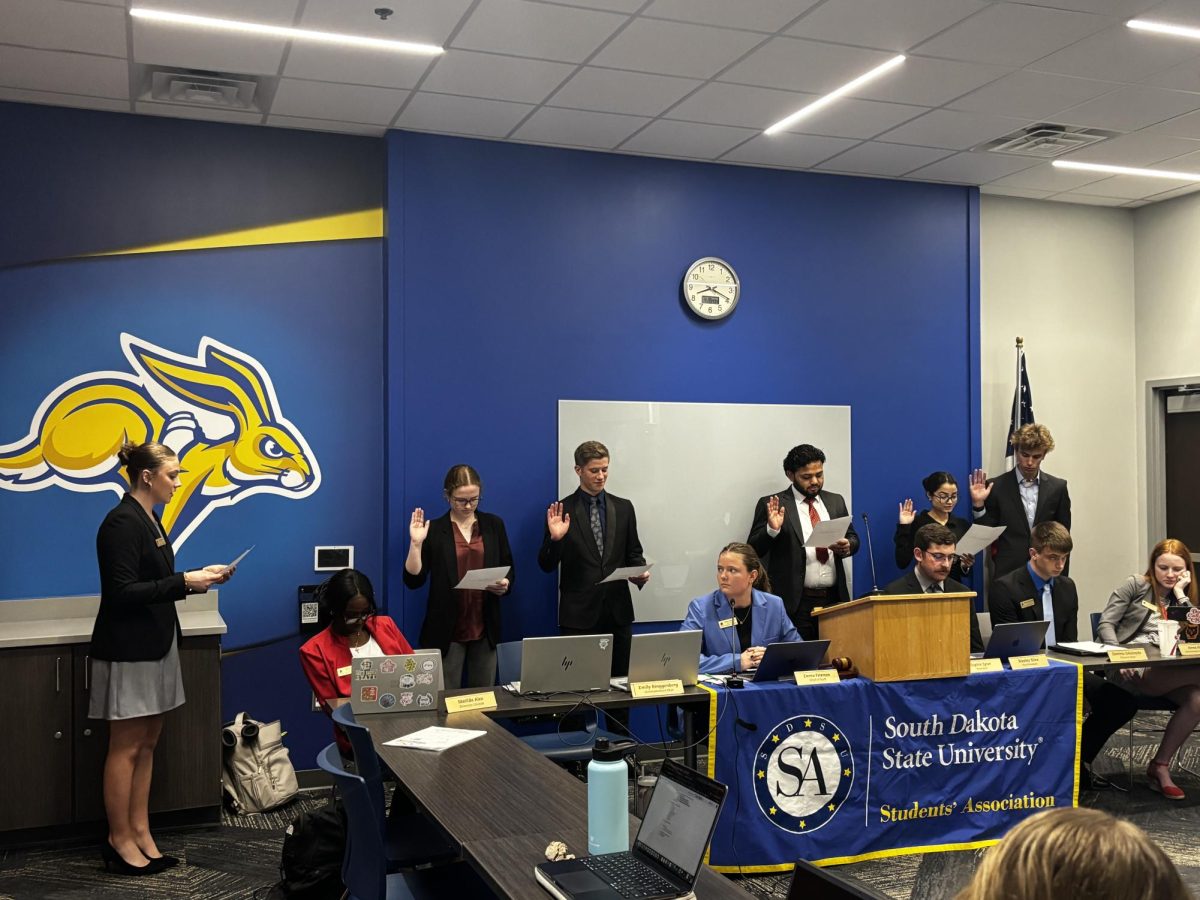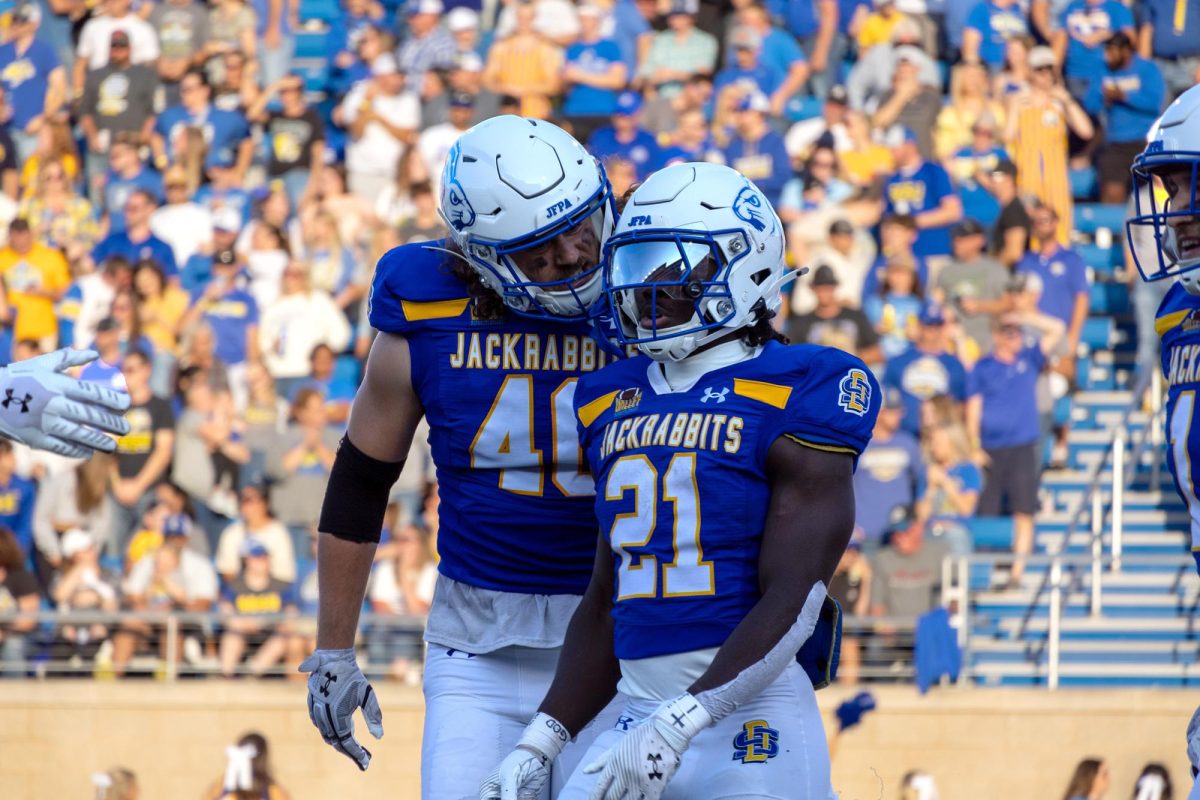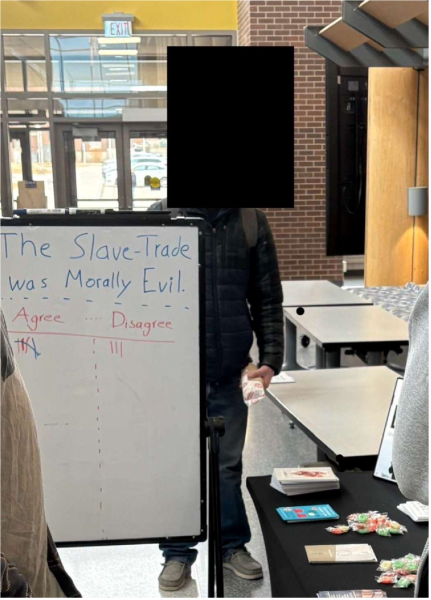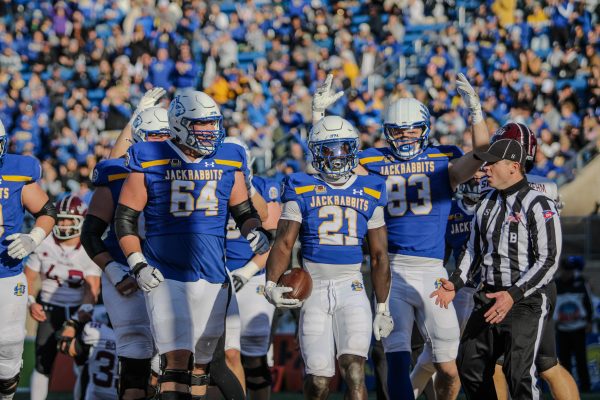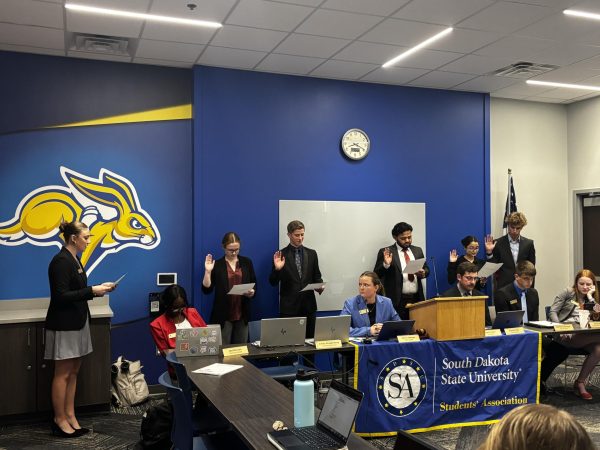Athletes’ curriculum is no longer fit for the times when school is second
April 17, 2012
No matter your area of interest, you can probably find a major that suits your taste. Whether it is teaching, medicine or music, you can go to college and learn how you can turn that interest into a career. Unless you want to be a professional athlete.
The number of athletes that go pro in their respective sport is small, yet there is nothing available to them in the classroom when it comes to getting them ready to live their unique life as a professional athlete.
What good does taking an average general-education course do for a college basketball player who knows he is only going to spend one year in college? How is that going to help him when he gets to the NBA?
“With the one-and-done, if they are going to be there, let’s teach them about what their future will actually be about,” said John Kilbourne, a professor of movement science at Grand Valley State University in Michigan.
“Let’s teach them about some of the issues and special needs they’ll have in terms of dealing with the media, taking care of themselves and history, philosophy and ethics. That’s what we should be about as a college or university.”
“These athletes need to know and understand their role in society.”
New York Times writer Joe Nocera mentions in a column that all the freshman football players at the University of North Carolina take Swahili as their language requirement because the athletic department tutors are strong in Swahili.
These players are not interested in Swahili. They take it because of its likelihood to produce a good grade instead of the likelihood that the player will find themselves in a situation in which Swahili will be useful. This doesn’t do anyone any good and it makes a mockery of the educational process.
So what is the solution?
“I propose that they start simple with a three-course series that all athletes would be required to take,” Kilbourne said. “It would satisfy part of their [general education]. It would be a history/philosophy, a social psychology course and maybe a special issues course. Start small and move towards a bona fide major that they would take over time.”
“I teach history and philosophy of games and sport at Grand Valley State. I have a lot of athletes in class and they do well because they are studying something they are interested in. When you ask them to read books about Jackie Robinson or athletes or games, they enjoy that. This is what they are interested in.”
Kilbourne, who served as graduate assistant at UCLA, when Larry Brown was head coach, became the first full-time conditioning coach in the NBA with the Philadelphia 76ers in 1982 and was a part of their 1983 NBA championship team, has been lobbying for this type of system since the early 90s.
“Deep down, I think one reason it hasn’t happened is because if you empower an athlete, you enlighten them about what they are actually doing. It’s the power.”
In the billion-dollar industry of college athletes, the power lies in the money. The long-lasting, never-ending debate in college athletics continues to be whether the players should be given additional compensation on top of the scholarships they receive. While students not in the athletic program can go out and promote themselves to make money, college athletes can do no such thing. Instead, the schools are in the always-difficult spot where they make all the money and have to give none of it back to the people that actually generate it in the first place.
“As a dancer going through college and working in sports, you take classes in dance history, dance philosophy and dance injury prevention,” Kilbourne explained. “You get credit for practice and performance. You are free to go out and earn money, doing shows on the side or television work. I don’t see athletics as being very different from that. It’s performance. Like dance, it’s a form of physical performance. It just always struck me as odd that if you are an athlete you can’t do this, but if you are a really good dancer you can.”
As with most things in college athletics, change is a slow-moving process — especially when that change involves athletic departments giving up money.
“I think the winds are shifting a bit,” Kilbourne said. “I think they are shifting in a good direction.”





